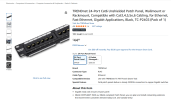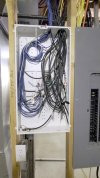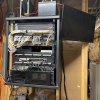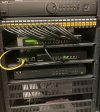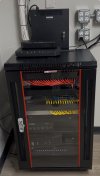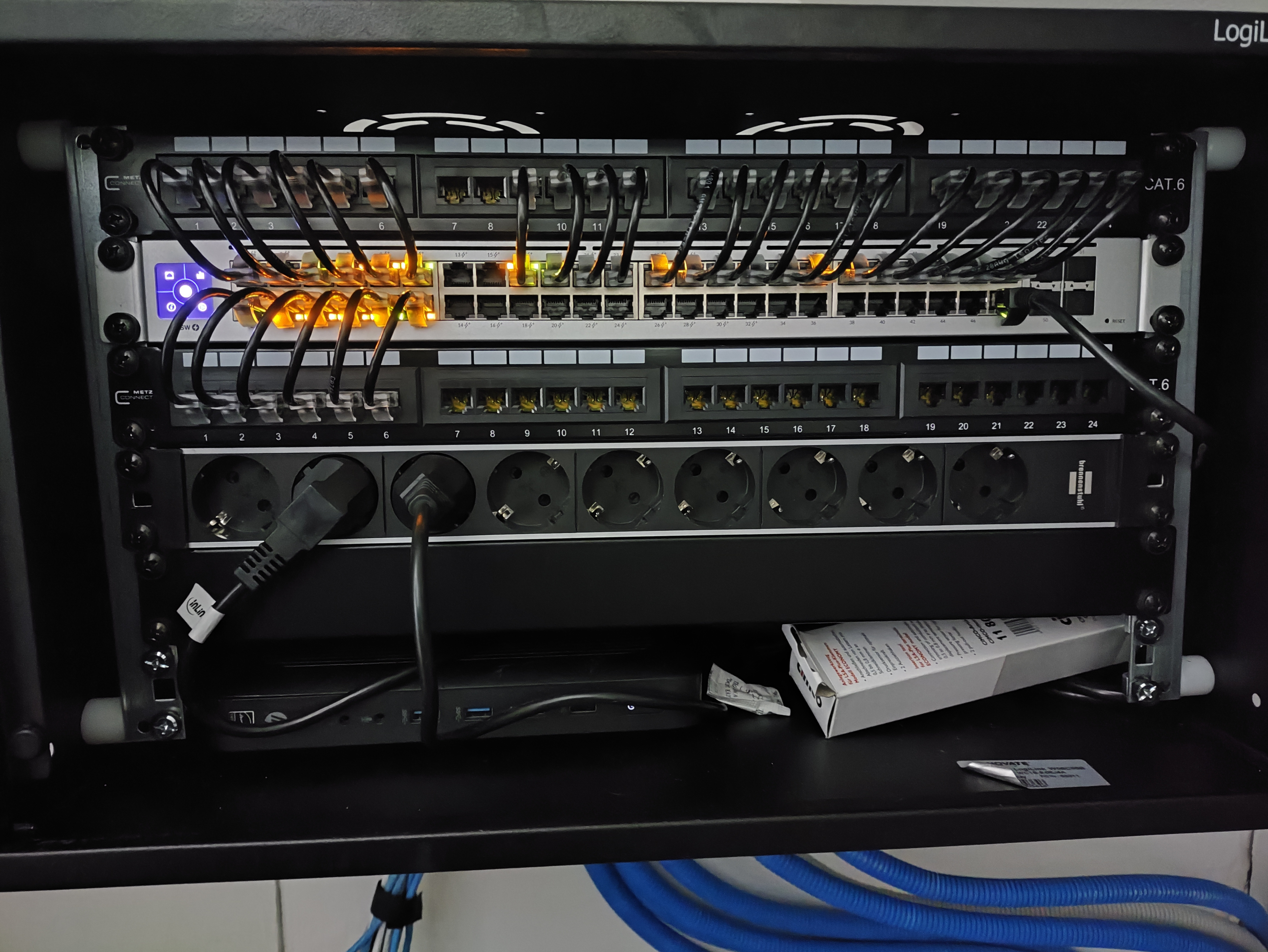I don’t I have always just plugged in my cables directly to a Poe switch.
I can see a patch panel cleaning up the cables but I also have limited space in my rack.
I can see a patch panel cleaning up the cables but I also have limited space in my rack.

